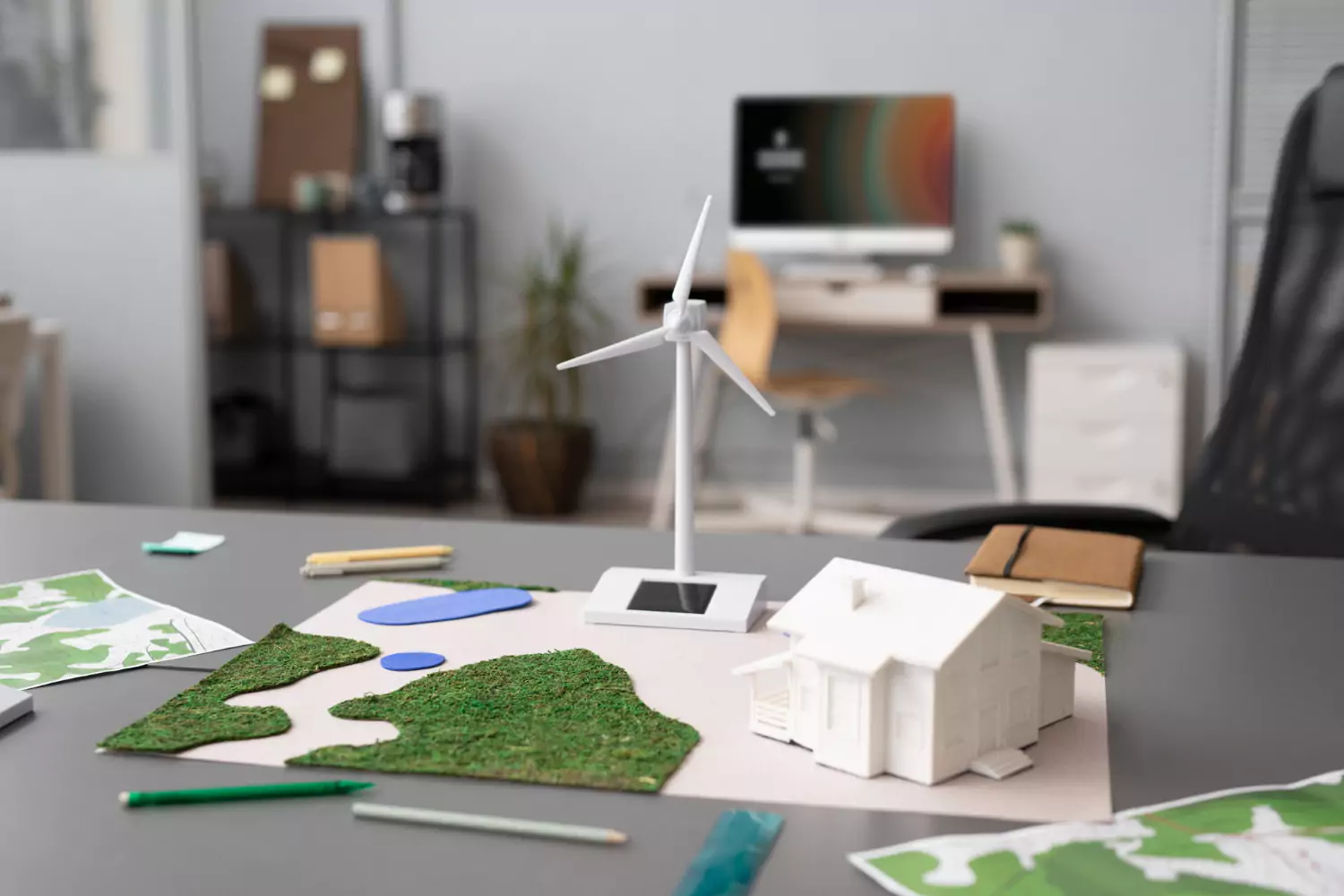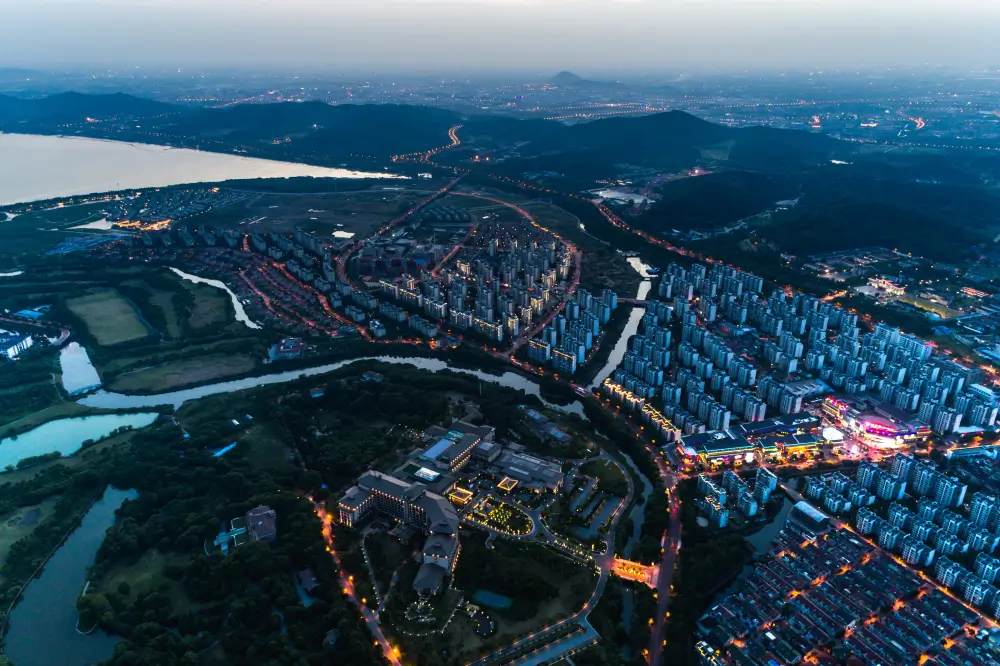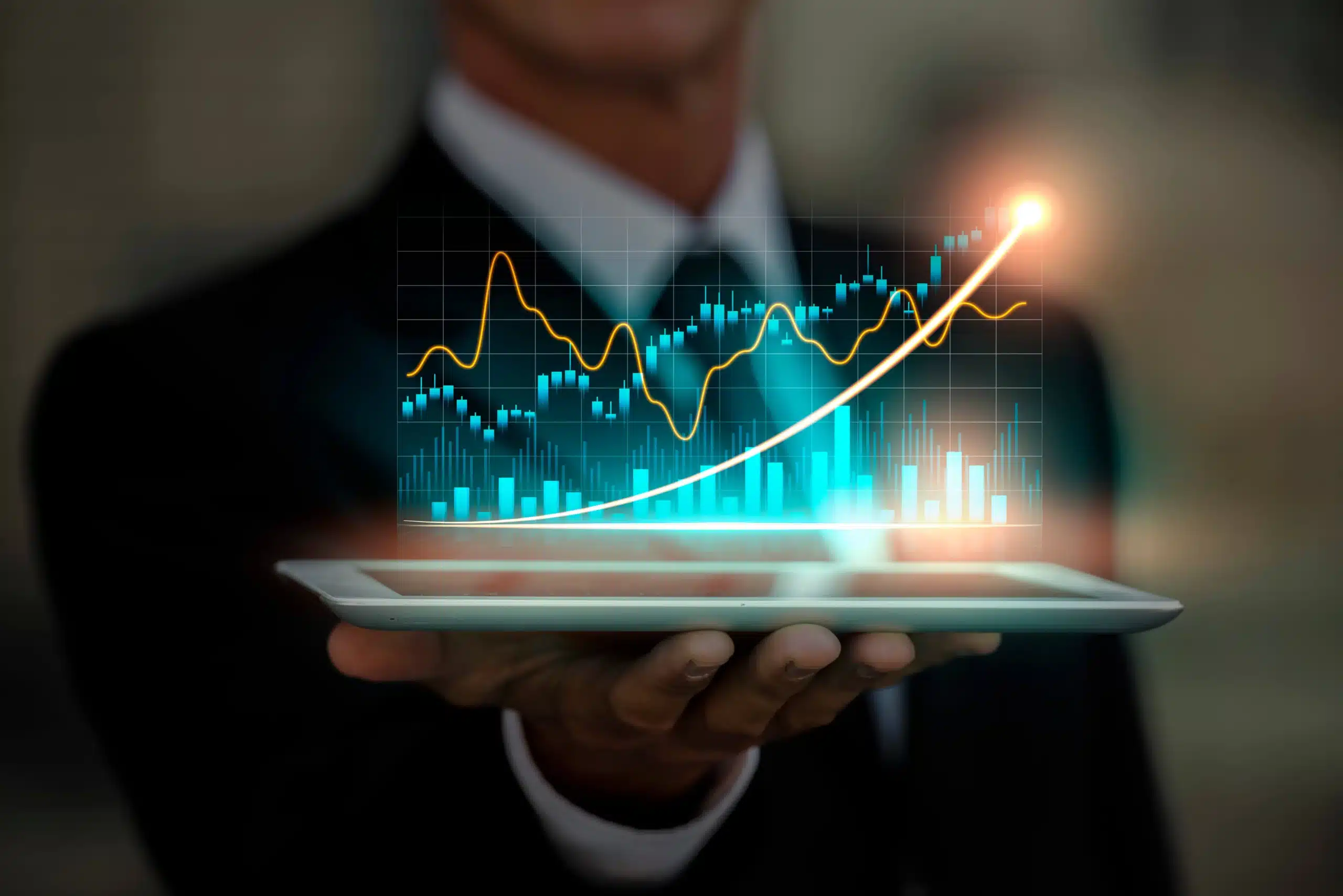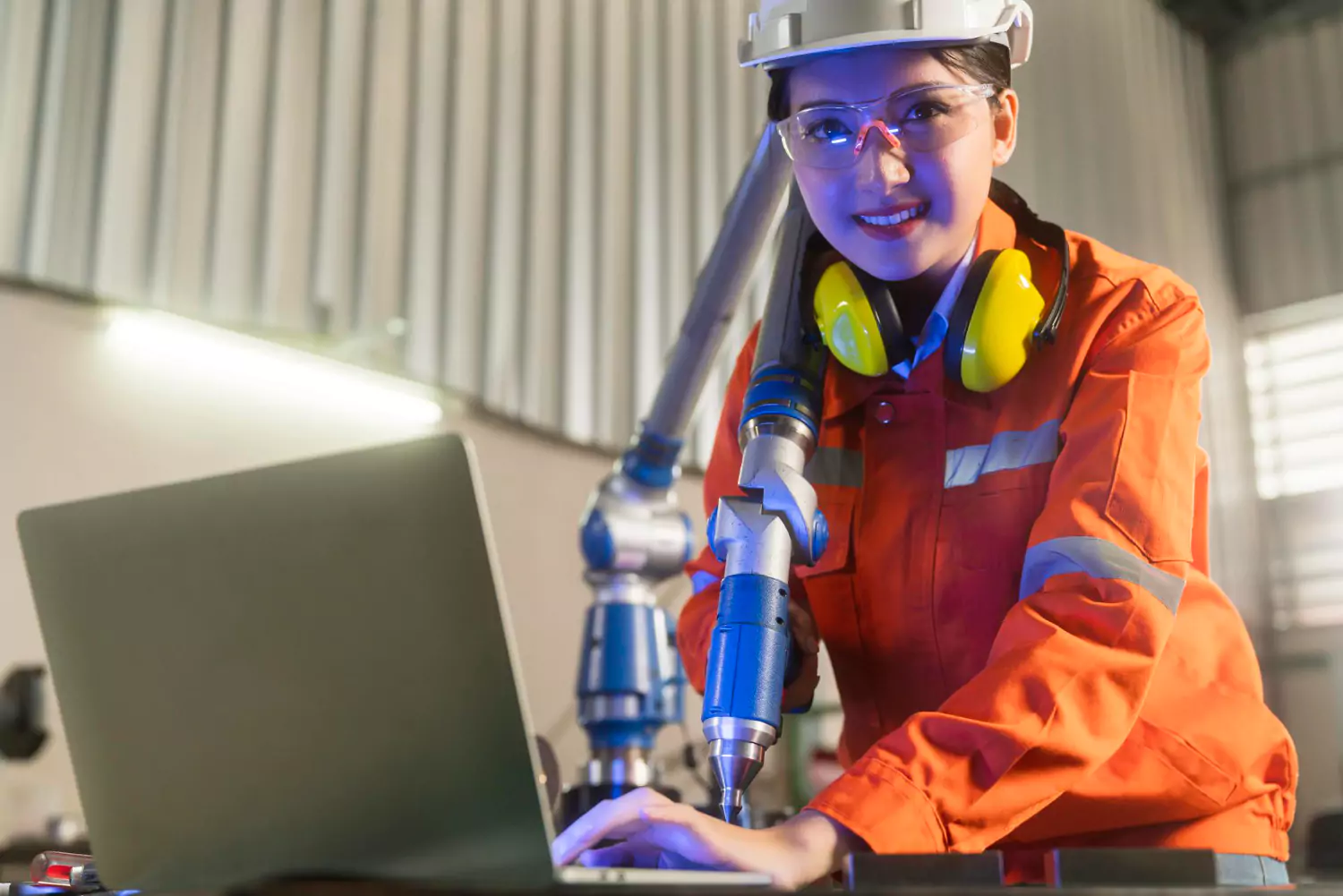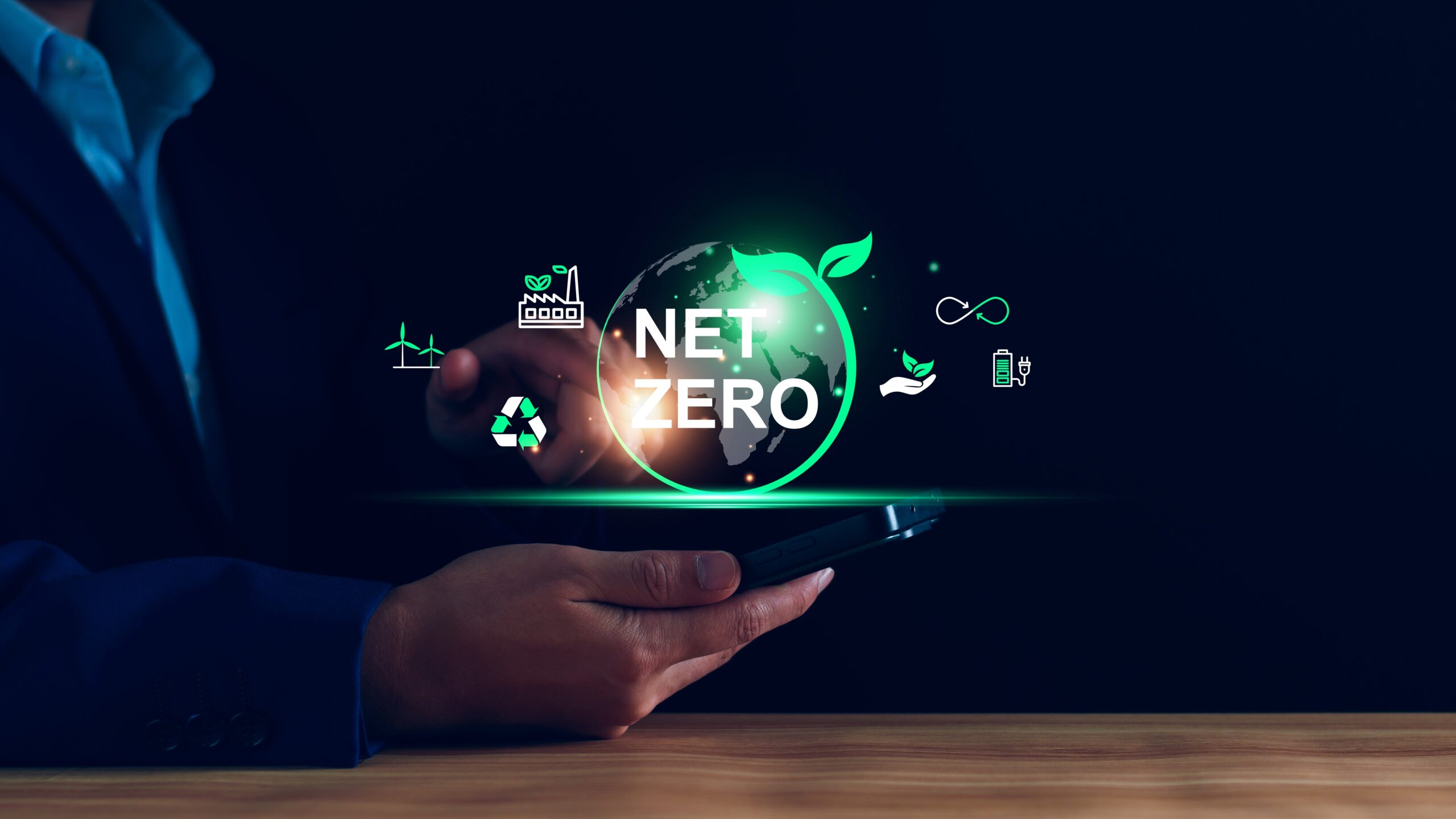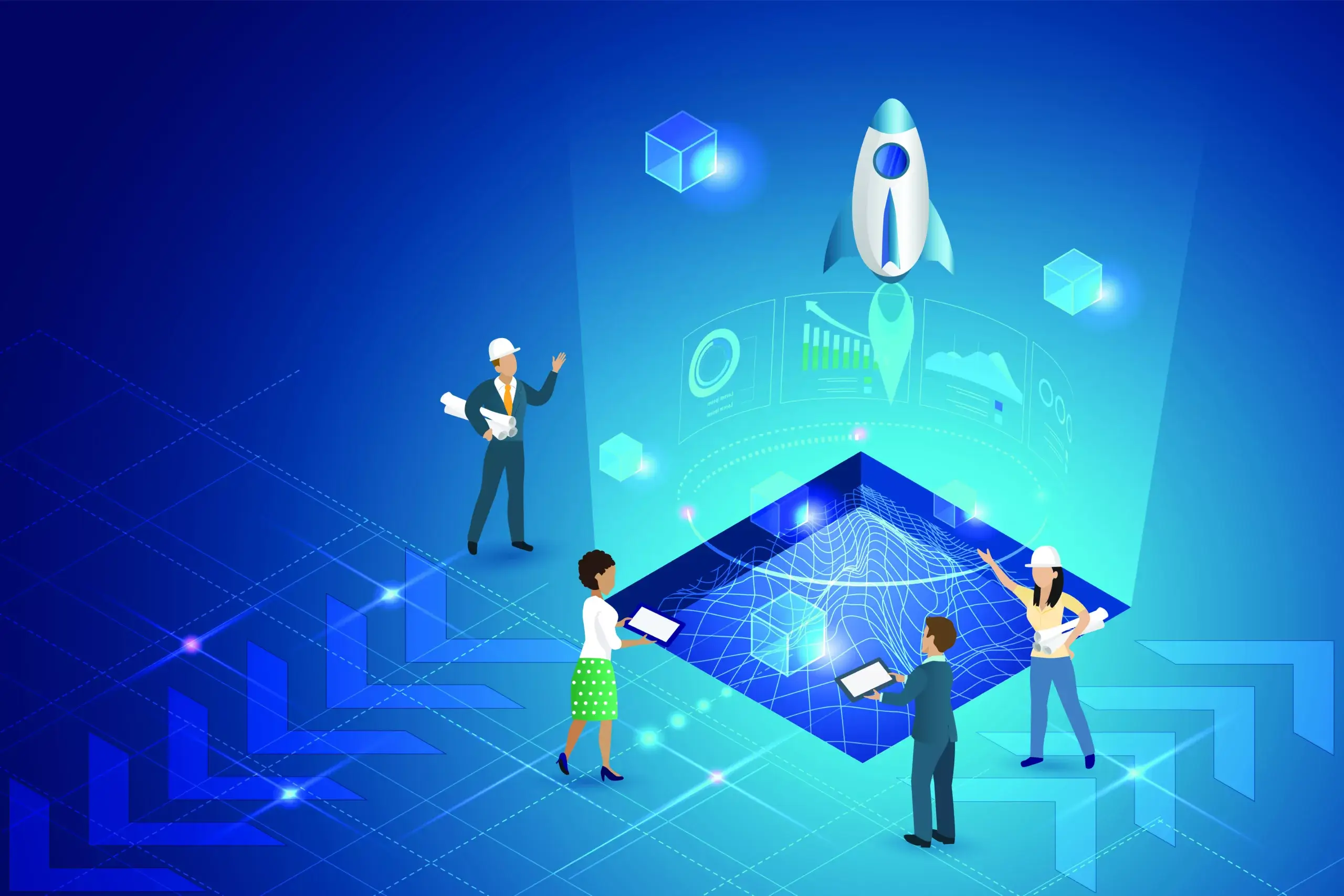Bioinspired Innovation: Harnessing Nature’s Wisdom to Address Current Challenges
Bioinspired Innovation: Harnessing Nature’s Wisdom to Address Current Challenges
Nature has always been a primary source of inspiration for our ideas and innovations. From a poem contemplating the beauty of autumn to a 16th-century visionary who drew the first plans for human flight from birdwatching, we have always looked to nature for guidance.
The deliberate use of nature for technological advice on many of the challenges we face is gaining increasing attention. From mimicking bee communication for better building energy management to emulating whale fins for robust wind turbine efficiency, more and more companies and researchers are turning to nature not as a reserve of potential resources to be exploited but as the oldest R&D lab, harnessing the power of 3.8 billion years of nature’s proven designs and solutions.
Bioinspired Innovation Principles
Bioinspired innovation is a technological approach that draws inspiration from nature to solve human design challenges.
This approach preserves nature as an experienced engineer and a genius problem solver. It involves learning from and emulating nature’s forms, processes, and ecosystems.
There are several techniques and methodologies for embracing the bioinspired design approach. One of the key bioinspired design approaches is biomimicry, which emphasizes replicating living systems’ solutions for specific functional challenges.
Other approaches include bio-morphism, involving designs visually resembling natural elements, and bio-utilization, involving the integration of biological materials or living organisms in design and technology.
These are the key principles that are currently steering the transformative wave toward bioinspired innovation.
A Global Shift Toward Bioinspired Innovation
Governments as well as the private sector are at the forefront of the shift towards bioinspired innovation. They are actively directing considerable funding and establishing several R&D centers to foster the integration of solutions inspired by nature.
For example, the Pentagon’s research and funding arm, the Defense Advanced Research Projects Agency (DARPA), has provided significant financial support for biomimicry research in the United States. This includes a $4 million contribution to AeroVironment for the development of a hummingbird-like aircraft prototype.
In addition, Germany has over 100 public research institutions conducting biomimicry-related R&D projects. These networks have received a cumulative investment exceeding 120 million euros since 2001.
France has also considered biomimicry as a key innovation area in its announced national ecological transition strategy. In 2014, it established CEEBIOS, a leading research center in biomimicry that aims to catalyze bioinspired and sustainable innovation.
Several other countries are adopting comparable strategies. For instance, South Korea has the world’s second-largest number of biomimicry technology patents, after the United States. South Korea estimates that biomimicry development will generate an economic value of around USD 62 billion and 650,000 jobs by 2035. This is projected to grow to $382 billion and create 2 million new jobs by 2050.
Accordingly, biomimicry patents, scholarly articles, and research grants have expanded by more than 5 times since 2000. The number of scientific publications addressing bioinspired topics has steadily increased, with over 22,000 articles published between 2017 and 2019.
Corporate Embrace of Biomimicry
The private sector is also tapping into the power of nature, as many major corporations are actively exploring biomimetic solutions to address their business challenges.
For example, in 2015, Ford collaborated with P&G and The Biomimicry Institute to improve adhesives and increase the recyclability of auto parts by studying the gecko’s sticky toe pads.
Also, Unilever took inspiration from the Ice Structuring Protein (ISP), which allows fish to survive in freezing water, to create a healthier ice cream that doesn’t melt easily.
As numerous biomimicry concepts have already demonstrated their market viability, more businesses are working to embed bioinspired concepts and approaches into their design processes.
Real-World Business Applications
Bioinspired solutions have led to many breakthroughs in various fields, from architecture to automotive. Nature-inspired concepts, designs, and models have proven to be a vital approach to solving our most challenging problems. Below are some of the real-world business applications for bioinspired solutions:
Bullet Train – Beak of the kingfisher
Japan is famous for its high-speed trains, which can reach speeds of up to 320 km per hour. However, traveling through tunnels at this speed can cause air pressure to build up, resulting in a sonic boom every time the train exits a tunnel. This can affect people living up to 25 km away. To address this, engineers took inspiration from the kingfisher bird’s beak and its ability to smoothly transition between air and water. They designed a quieter train model that reduces noise, increases speed by 10%, and decreases electricity consumption by 15%.
Swarm Logic technology – Honey bee communication
Encycle, a technology company, has developed a building management system that mimics the communication system of bee colonies. This allows equipment and systems, such as HVAC, to integrate and operate more efficiently in response to changing conditions, such as outdoor temperature and building occupancy.
As of November 2023, the swarm logic system has reported 135 million KWh in consumption savings and more than $19 million in energy cost savings at US sites alone.
Kalundborg Eco-Industrial Park, Denmark – symbiosis
The Kalundborg symbiosis is a pioneering example of industrial symbiosis. It mimics the beneficial interactions between various species within an ecosystem. Neighboring industrial facilities exchange resources and energy by-products, transforming one plant’s waste into feedstock for others. The symbiosis has been operating for almost six decades and has proven to be a great success. It saves 3.6 million m³ of groundwater, 586,000 tonnes of CO₂, and recycles 62,000 tonnes of residual materials annually. Additionally, it contributes to annual bottom-line savings of 24 million euros.
Eastgate Centre Building, Zimbabwe – mound-building termites
The Eastgate Center uses techniques inspired by termite architecture to create a self-cooling system. This system requires 90% less energy for heating and cooling compared to similar-sized buildings. Additionally, the ventilation system used by the Eastgate Center costs only a fraction of traditional air conditioning systems.
These are just a few examples of the many available applications for bioinspired solutions that are currently being tested and implemented. These applications are actively shaping our economy and driving innovation across various industries.
Outlook
A 2013 study by the Fermanian Business & Economic Institute (FBEI) estimated that bioinspiration could generate a total global output of $1.6 trillion by 2030. An additional $0.5 trillion could be generated from resources and pollution reduction. The study also estimated that bioinspiration would contribute $425 billion to the US GDP by 2030.
Moreover, a recent study by BCG predicts that nature co-design will impact over $30 trillion in economic activity in the next 30 years, which is about 40% of the current global GDP.
These figures highlight the significant potential for bioinspired innovation. As more businesses integrate these approaches and technologies into their internal processes, innovations and concepts will continue to emerge.
Conclusion
In conclusion, the intersection between biology and technology plays a crucial role in shaping the future of industries. Biomimicry and other nature-inspired concepts have demonstrated their capacity to provide diverse solutions and innovations.
Moreover, given the unprecedented challenges facing our world today, it has been essential to redefine our relationship with nature. This will foster change and accelerate the shift towards bioinspired solutions.
Nature has always ignited our imagination and creativity, and we have only begun to scratch the surface of its wisdom.
Sources
https://www.encycle.com/swarm-logic/
https://www.technologyreview.com/2008/03/06/221447/whale-inspired-wind-turbines/
https://biomimicry.org/what-is-biomimicry/
https://youmatter.world/en/definition/definitions-what-is-biomimicry-definition-examples/
https://www.santander.com/content/dam/santander-com/es/contenido-paginas/landing-pages/santander-x-xperts/do-xperts-Whitepaper-Biomimesis-en.pdf
https://www.lse.ac.uk/granthaminstitute/wp-content/uploads/2022/01/working-paper-375-Lebdioui.pdf
https://www.forbes.com/sites/rebeccabagley/2014/04/15/biomimicry-how-nature-can-streamline-your-business-for-innovation/?sh=14c440284380
https://media.ford.com/content/fordmedia/fna/us/en/news/2015/10/20/ford-to-seek-solutions-by-mimicking-nature.html
https://biomimicry.org/looking-gecko-answers-ford-partners-biomimicry-institute/
https://www.encycle.com/swarm-logic/
https://stateofgreen.com/en/solution-providers/kalundborg-symbiosis/#:~:text=In%20Kalundborg%20Symbiosis%2C%20the%20city’s,resources%20adds%20value%20to%20another.
https://circulareconomy.europa.eu/platform/en/good-practices/kalundborg-symbiosis-six-decades-circular-approach-production
https://www.arup.com/projects/eastgate
https://www.pwc.com.au/digitalpulse/biomimicry-digital-innovation.html
https://cnnespanol.cnn.com/wp-content/uploads/2014/05/bioreport13.final.sm.pdf
https://www.bcg.com/publications/2021/why-nature-co-design-will-be-so-important-for-the-next-industrial-revolution



